![]()
![]()
![]()
Use LEFT and RIGHT arrow keys to navigate between flashcards;
Use UP and DOWN arrow keys to flip the card;
H to show hint;
A reads text to speech;
40 Cards in this Set
- Front
- Back
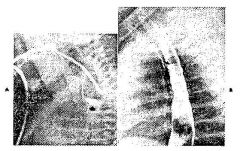
• Congenital form -results from the failure of the esophageal lumen to develop completely separate from the trachea |
Tracheoesophageal Fistula |
|
|
• Acute form of this is most commonly the result of reflux of stomach contents into distal esophagus. Candida |
Esophagitis |
|
|
• A condition related to severe reflux esophagitis in which normal squamous liningof the lower esophagus is destroyed and replaced by columnar epithelium similar to that of the stomach |
Barrett’s |
|
|
Progressive dysphagia in a person over 40 years must be assumed to be caused by cancer until proven otherwise |
Esophageal Cancer |
|
|
•Dilated veins in the wall of the esophagus • caused by portal hypertension |
Esophageal Varices |
|
|
• Protrusion of a portion of the stomach into the thoracic cavity through the esophageal hiatus in the diaphragm |
Hiatal Hernia |
|
|
• These when in the esophagus may be radiopaque or radiolucent. |
Foreign Bodies |
|
|
• May be a complication of: |
Perforation of the Esophagus |
|
|
is defined as inflammation of the stomach mucosa. |
Gastritis |
|
|
• is also known as (IHPS)
causes obstruction (incomplete or complete), preventing food from entering into the duodenum. |
Pyloric Stenosis |
|
|
• is a group of inflammatory processes involving the stomach and duodenum
• Major complications: |
Peptic Ulcer Disease |
|
|
• This cancer is rare in the United States. |
Cancer of the Stomach |
|
|
• Most often caused by fibrous adhesions created from previous surgery |
Small Bowel Obstruction |
|
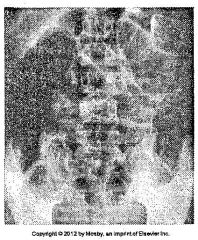
• Also termed paralytic ileus- is disorder of intestinal motor activity in which fluid and gas do not move through a non obstructed bowel • Other causes:
|
Adynamic Ileus |
|
|
the telescoping of one part of the intestinal tract into another because of peristalsis. |
Intussusception |
|
|
is the inflammation of the appendix. |
Appendicitis |
|
|
are outpouchings that are acquired herniations of mucosa and submucosa through the muscular layers at points of weakness in the bowel wall. |
Diverticulosis |
|
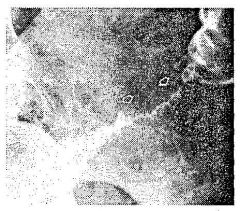
is a complication of diverticulosis of the colon. |
Diverticulitis |
|
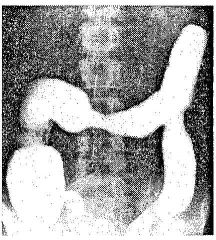
is an idiopathic inflammatory disease of the bowel. |
Ulcerative Colitis |
|
|
is characterized by the abrupt onset of lower abdominal pain and rectal bleeding. |
Ischemic Colitis |
|
|
refers to several conditions that have an alteration in intestinal motility as the underlying pathophysiologic abnormality. |
Irritable Bowel Syndrome |
|
|
is the third leading cause of cancer death in the United States. |
Cancer of the Colon |
|
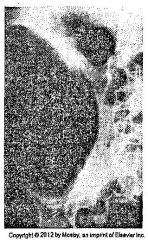
• About 70% of these result from primary colonic carcinoma. |
Large Bowel Obstruction |
|

refers to a twisting of the bowel on itself. |
Volvulus of the Colon |
|
|
• Varicose veins of the lower end of the rectum that cause pain, itching, and bleeding |
Hemorrhoids |
|
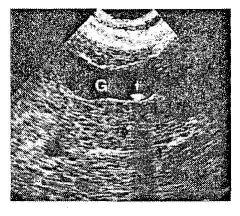
Two major types of these: |
Gallstones (Cholelithiasis) |
|
|
is acute inflammation of the gallbladder. |
Acute Cholecystitis |
|
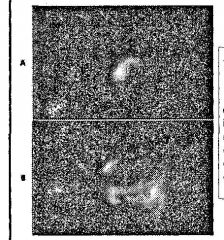
is a rare condition that occurs when stasis, ischemia, and cystic duct obstruction (stones) allow the growth of gas-forming organisms in the gallbladder. |
Emphysematous Cholecystitis |
|
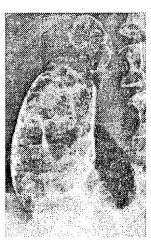
refers to calcification of the gallbladder walls. |
Porcelain Gallbladder |
|
|
Inflammation of the liver, caused by infectious or toxic agents and characterized by jaundice, fever, liver enlargement, and abdominal pain.
A, an acute infection caused by a virus of the genus Hepatovirus is transmitted by contaminated food and water. |
Hepatitis |
|
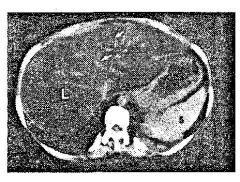
refers to the chronic destruction of liver cells and structure, with nodular regeneration of liver parenchyma and fibrosis.
• Other causes: |
Cirrhosis |
|
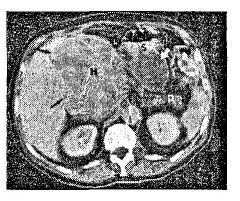
is primary liver cell cancer. |
Hepatocellular Carcinoma |
|
|
is the most common malignancy of the liver.. |
Hepatic Metastasis |
|
|
is an inflammatory process in which protein- and lipid-digesting enzymes become activated within the pancreas and begin to digest the organ itself. |
Acute Pancreatitis |
|
|
results when frequent injury to the pancreas causes scar tissue. |
Chronic Pancreatitis |
|
|
is defined as walled- off fluid collections. |
Pancreatic Pseudocyst |
|
|
Most common type of this is |
Cancer of the Pancreas |
|
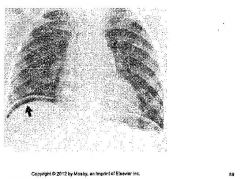
is defined as free air in the peritoneal cavity. |
Pneumoperitoneum |
|
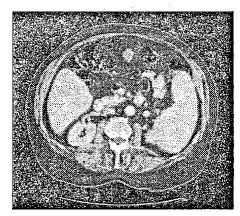
is enlargement of the spleen. |
Splenomegaly |
|
|
Most common cause of this is trauma. |
Splenic Rupture |

